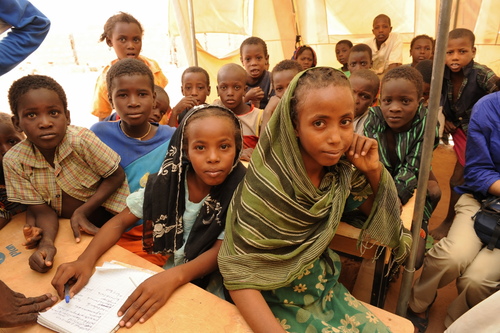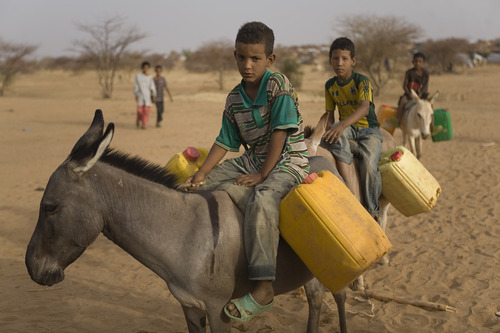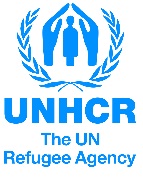Understanding Refugees: “Only by asking questions you will receive answers”
Pour télécharger la version française cliquez ici
Since 2012, around 50,000 Malian refugees live in Niger. But who are these people? Researchers from a renowned academic institution (Institut de Formation et de Recherche Démographiques, IFORD, based in Yaounde, Cameroon) tried to get to the bottom of it.
Question: Mr. Kouassi, is it fair to say that all Malian refugees are low-cast Touaregs, extremely poor, and unwilling to return to their country?
Reply: This was a very extensive study. The objective was not to come up with stereotypes but to better understand the refugee population: who is who, what is their socio-economic background, what are the needs of certain groups among refugees, what are their (self-) perceptions, and aspirations? The results are very detailed.
Question: How will the results of your study be used?
Reply: That depends on the humanitarian community, UNHCR and all organizations that work with refugees. We will help to interpret the results but the humanitarian and protection actors have to draw conclusions and see how to build them into their programmes. In the coming weeks we will have extensive briefings with all actors, in Niamey but also in each and every site where there are refugees and those who work for the good of the refugees.
Mr. Kouassi SEKE de SYG is researcher of the Institute for Training and Demographic Research (IFORD) in Yaounde, Cameroon. Since May 2013 he is working on socio-economic profiling for UNHCR in Niger.
Did You Know …
…that Malian refugees come from a variety of ethnic backgrounds such as Tuaregs, Songhais, Haussas, Peulhs, Bambaras, Arabs mainly originating from Gao region?
… that while in Mali only 50% of the refugee children went to school, 60% attend classes in the camps in Niger?

… that among those children who do not go to school, 14% work with animals and 36% in their household?
… that only 28% of refugee households have animals of their own?
… that young people and women are more interested than adult men in returning to Mali?
… that 68% of the adult refugee population live in polygamous marriages?
… that almost 7% of the refugees in Tabareybarey camp share parts of their food ration with a master and/or marabout who is not part of their household?
… that 33% of the urban refugees stated that they live in dwelling without latrines/toilets?
… that 75% of the refugee women in Intikan camp learned about their rights?

… that 73% in Abala camp are selling part of their food ration in order to buy food that is not part of the ration?
… that 45% of the Bella social group stated that they are not consulted within the community if important issues are discussed and decided?
… that in Mangaizé camp, 30% of the refugee girls and 23% of the refugee boys have no birth certificates?
… that while 98% of the refugees think that they have generally sufficient access to drinking water, 77% believe at the same time that they have not sufficient water containers like jerry cans?

… that food aid is the only household income for 39% of households in Abala while only 11% of the households in Intikane depend on food aid as their principle revenue?
1 Notes
charluttesweb liked this
unhcrniger posted this

